We have done many Project TinyMiniMicro reviews over the past few years, but something we have not done recently is to show what can be done with a 1L PC. Perhaps better said, maybe it is just how much can be done with a 1L PC. Today, we are going to take a 1L HP Elite Mini 600 G9 and turn it into three levels of server based on Proxmox VE. We are going to look at three tiers spanning from a mundane eBay configuration to a configuration with 96GB of memory, 8TB (2x 4TB) of fast PCIe Gen4 NVMe storage, and even 10Gbase-T networking in our Tier 2 upgrade machine.
Perfect Project TinyMiniMicro: The Video
We have a video on this as one may have imagined by now. You can find it here:
If you wanted to undertake any of these upgrades, we show how easy it is to install them and more. We also go into the Proxmox VE 8 setup on this node.
Perfect Project TinyMiniMicro: Base Level
The HP Elite Mini 600 G9 we purchased via eBay and it had a fairly simple configuration with an Intel Core i7 CPU, a low-power SSD, and a 16GB DIMM. For many, “perfection” is synonymous with “whatever I can get cheap” and this is perhaps the best example of that.
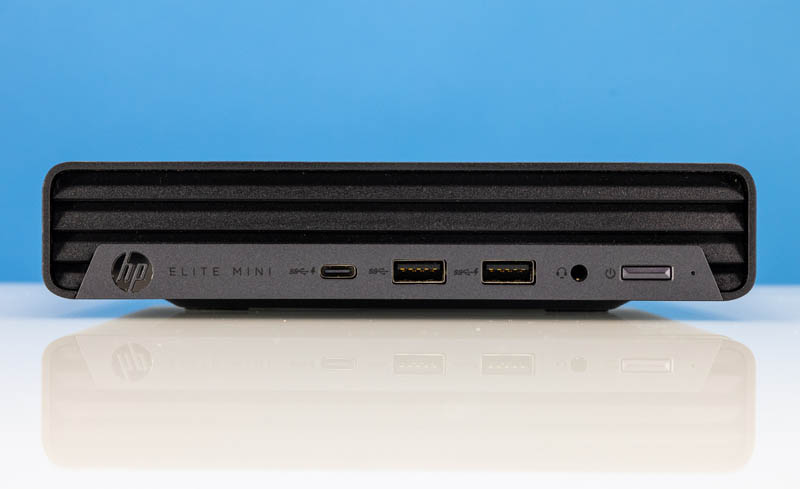
We got our base networking and a dual USB 3 Flex IO expansion module in the rear.
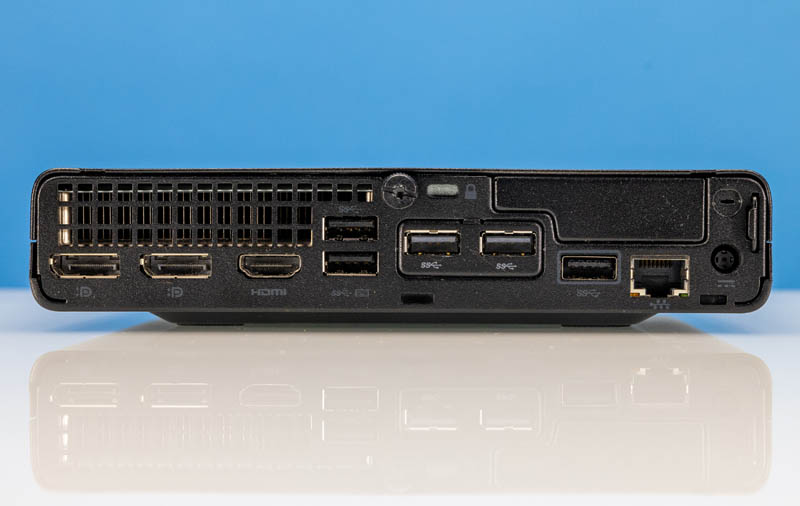
The CPU we spent extra care to select. This unit has an Intel Core i7-12700T with 8 P-cores and 4 E-cores for 12 cores and 20 threads total. Generally, the Core i7 units are much less expensive than the Core i9 units second-hand because of the volumes they are sold in. If we were going to build a VMware lab, we would generally opt for the Core i5 with all P-cores since VMware does not, and is not planning to support heterogeneous cores in the near term and the workaround is a bit of a pain.
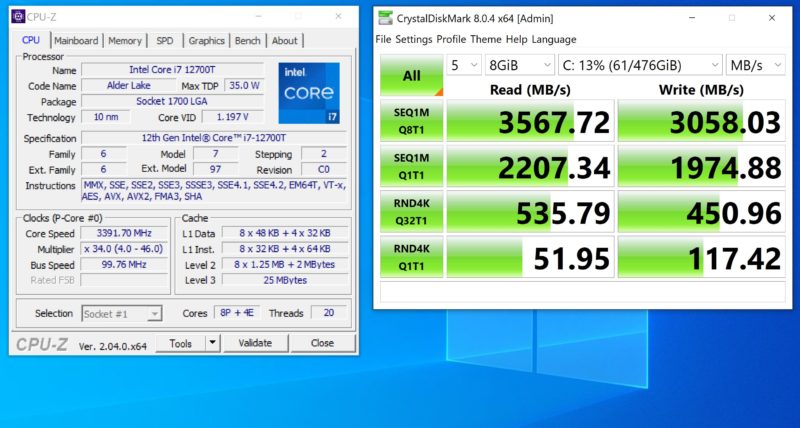
On the SSD side, the unit came with a DRAM-less 512GB NVMe SSD. The SSD was not particularly fast and it is also only 512GB so there is an easy upgrade path, especially with a second slot available.
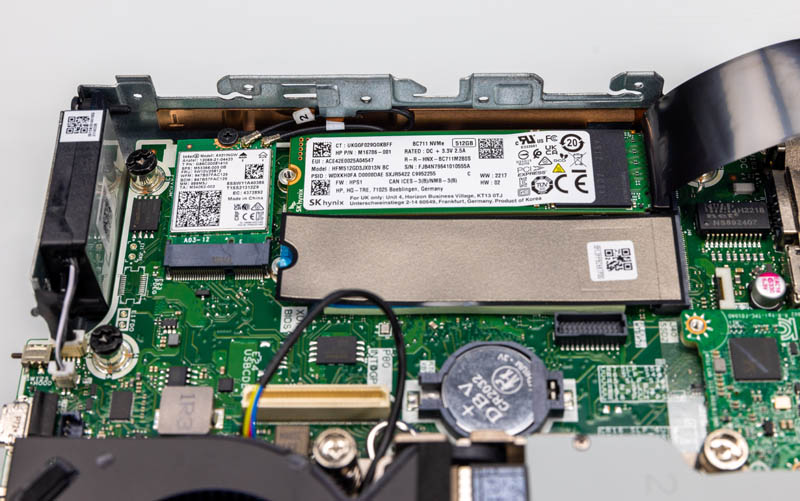
We also have the onboard WiFi 6E via the Intel AX211 and 1GbE via the Intel i219-LM.
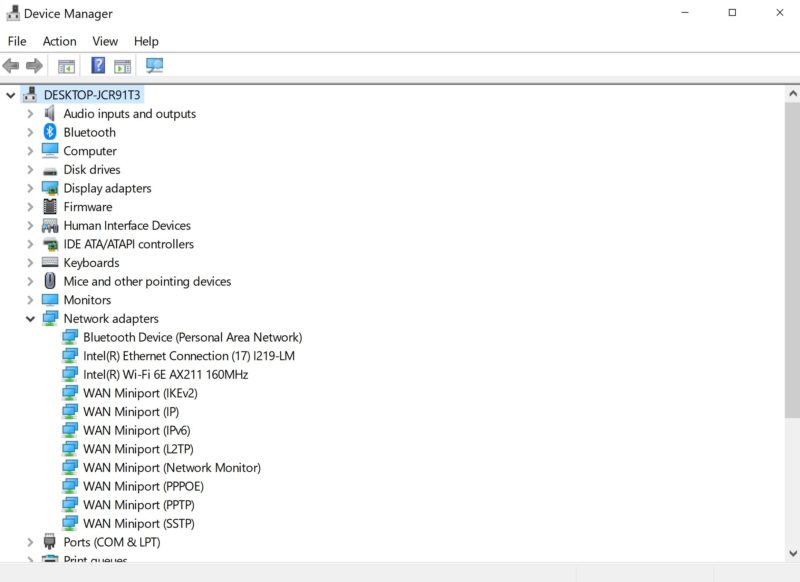
Tier 1 was really about using this as-is. Still, our unit came with a single 16GB DDR5-4800 SODIMM. Other units will come with 2x 8GB for 16GB. With a single SODIMM, we would usually get a matching 16GB SODIMM and go to 32GB making this a very respectable lab node as-is.
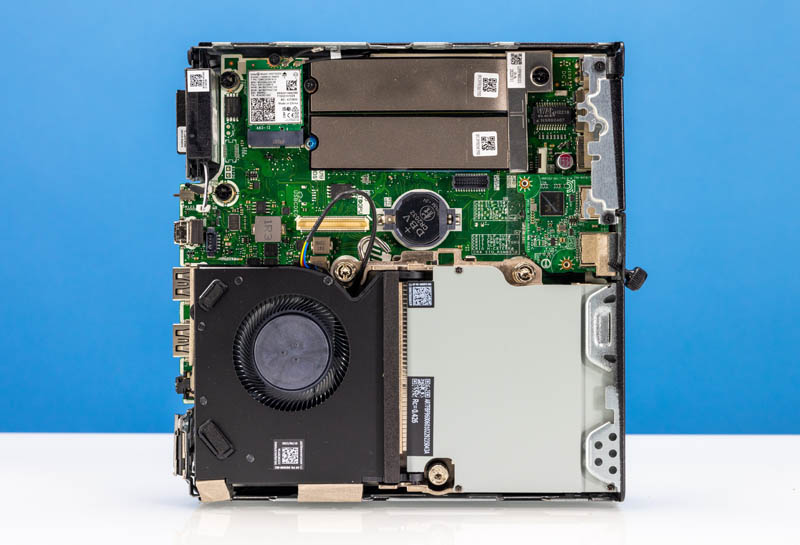
If you want to learn more about what we are using as a base here, you can see our HP Elite Mini 600 G9 Review.
We are going to retain the CPU, chassis, and WiFi module through all of our upgrade tiers. Next, we are going to do more of a budget-friendly upgrade to the unit in what we are calling a Tier 1 upgrade package.
Perfect Project TinyMiniMicro: Tier 1 Upgrades
The Tier 1 upgrade package is going to have a few main components. We are going to upgrade the storage, memory, and networking in what is a relatively low-cost upgrade path.
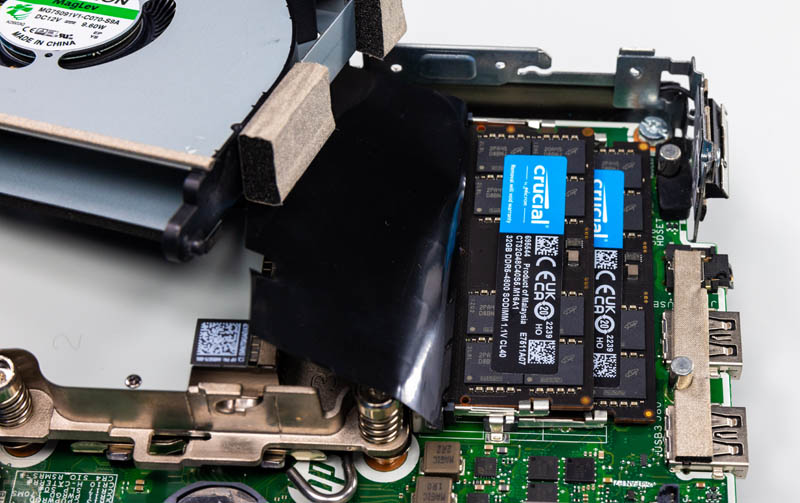
On the SSD side, there are a number of options. The idea is to use the second M.2 SSD slot to simply add storage. We re-use the 512GB drive for boot and then add a second capacity drive for storage.
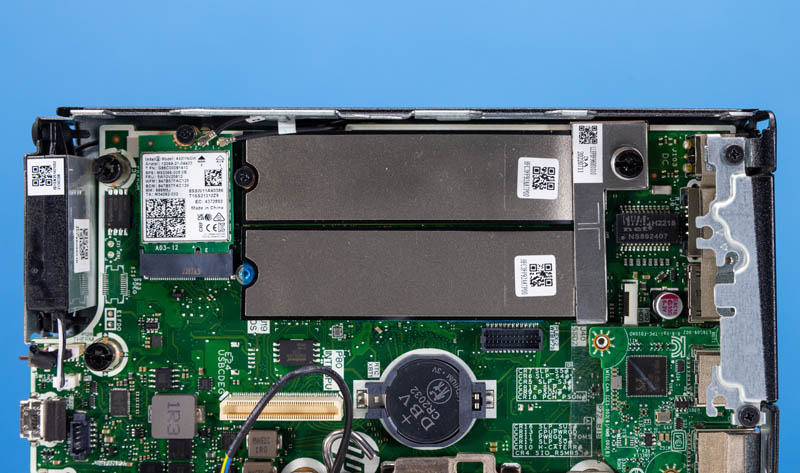
We are using the Rocket 4 Plus generation of SSDs here. There are options ranging from high-end 4TB and 8TB NVMe SSDs down to lower-end 1TB and 2TB SSDs. These are also faster drives if you saw Will’s Sabrent Rocket 4 Plus 2TB Review that are a big upgrade from the 512GB stock SSD.

On the networking side, we are using the HP EliteDesk Mini 2.5GbE Flex IO V2 NIC that we featured about a year ago.
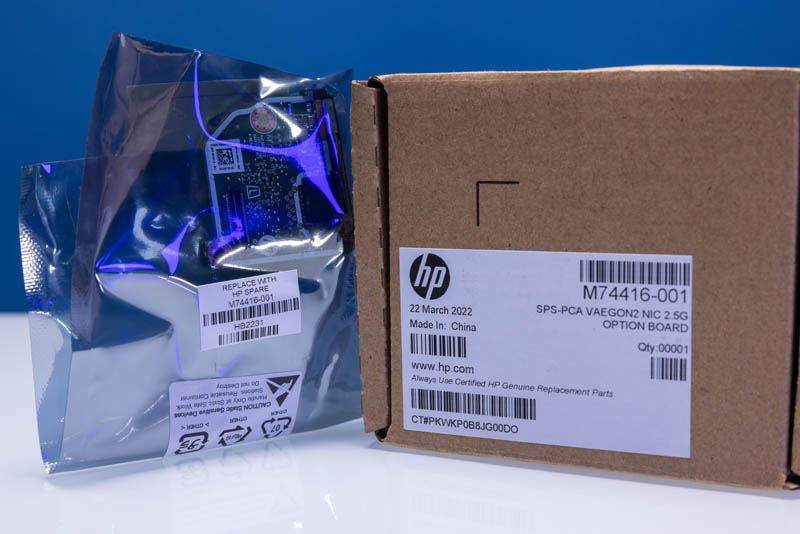
This NIC is based on the Intel i225-V B3 so it is a 2.5GbE NIC. Adding the second NIC allows us to use this for storage or for other types of traffic while still having access to the 1GbE and WiFi NICs for management and other tasks.
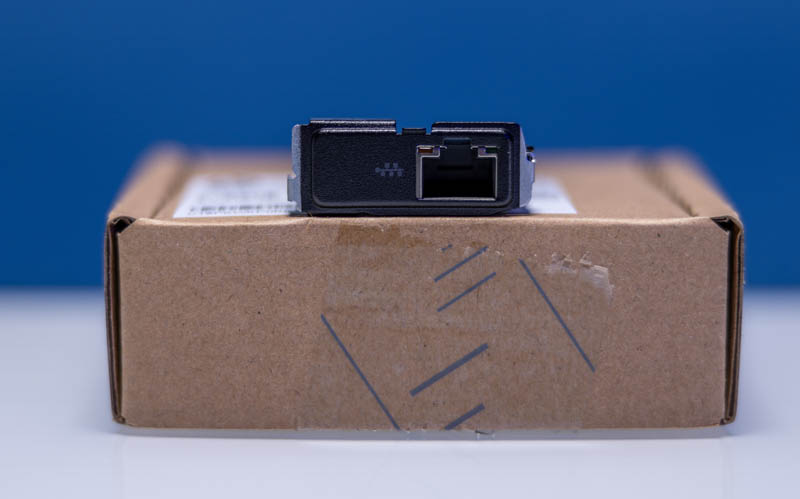
A machine with 12 cores, 64GB of RAM, 2-4TB of dedicated storage, and a second wired NIC at 2.5GbE speeds is substantial, but what about if someone wants more? Next, we are going to go all-out and get the maximum performance we can out of this little machine in a Tier 2 upgrade package.

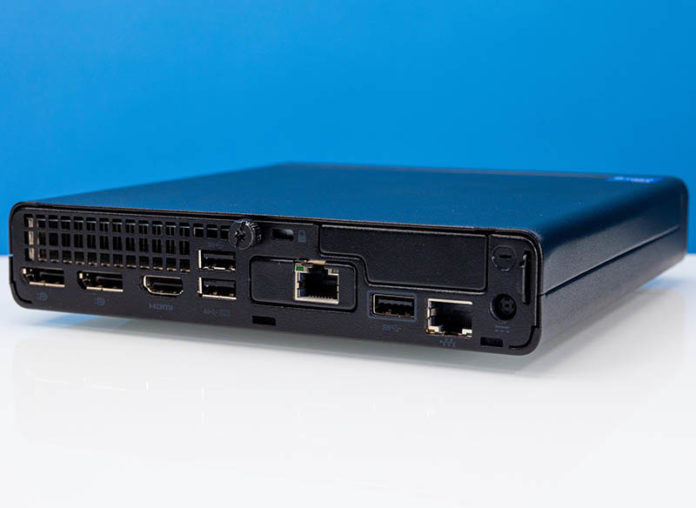


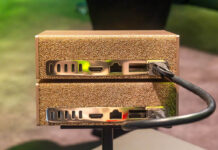
The Lenovo M90q gen 3 is still a better option in my opinion :)
It can take the same 96G ram, and 2 x nvme, and has a half height PCIe slot so you can run a rock solid 2 x 10G network card. Or because it’s PCIe you have the flexibility to add whatever you feel like running in there
It’s an interesting comment that VMware does not handle well CPUs containing both performance and efficiency cores. We run VMware here on repurposed hardware from an HPC cluster. I didn’t set it up and have interacted with only the user-level interface but it works well.
I know Linux put a lot of effort into scheduling tasks on heterogenous CPUs. I’d have thought provisioning virtual machines was easier. Thus, VMware having trouble with performance and efficiency cores seems like a surprisingly limitation to me.
Peak STH here. Mucho gusto.
There’s a workaround to the PSOD you’re getting as you’ve mentioned. What you don’t mention is that even with the workaround the performance is pig filth. You’ll get it to run, but it’s not Intel Thread Director capable so VMware’s scheduler isn’t really able to cope with it. Plus, you’ve got cores with diverging instructions so that’s a no-go.
I don’t normally watch the videos, but this one’s really good.
I’ve been trying smilar things, except that I used an Erying Mini-ITX board with a “35Watt” i7-12700H as a base. Since the board quite willingly accepts 120 Watts of PL1 and PL2, I’ve been using liquid metal paste on the ‘naturally delidded’ die and an NH9 fan to get fantastic sustained performance out of this setup.
The downside was that I had to move it out of the original Pico-PSU chassis, because 120 Watts were simply not enough to run this ’35 Watt’ SoC even when I really tightened the PLx limits down. It’s now in a Mini-ITX cube with the same footprint and the additional height doesn’t matter where it sits, but will easily accomodate an ordinary AQC107 in the “GPU slot”. It was mostly about low idle power and noise but it does have the 96EU Xe iGPU for a rather competent 4k desktop punch, if needed.
It’s using DDR4 full sized DIMMs which seemed an advantage when I ordered, but RAM prices are astonishingly flat these days, even for ECC DDR5–which only makes it worse, that none of the Intel chips will run it without W680 ‘dongles’ that can’t be had.
The mobile SoC means the PCIe v4 x16 slot only has 8 lanes connected, but you get two m.2 x4 v4 slots from the SoC and another M.2 x4 v3 slot from the chipset: plenty of storage space now that NVMe storage gets to be really economical, too.
I still hate to waste 4 PCIe lanes on a single AQC107 or 113 10Gbase-T NIC when one v4 lane should be sufficient on the AQC113 at least and I’d much rather have those on board than any set of Intel or Realtek NICs, because they just work.
For P/E issues I’ve been using numactl to essentially partition the system into two domains, one running the 6 P cores with HT and another to act as an add-in i3-n305 system to run lesser containers or VMs.
The current Proxmox kernel might actually be modern enough to understand P/E, but I doubt KVM/QEMU really does, nor would guest VMs properly work across the P/E divide.
Could be another bonus point for the container faction…
abufrejoval, what’s the power usage on that board? I’d seen a lot of issue’s mentioned with the bios not supporting low power states.
What are these w680 dongles you mentioned? I’ve never heard of that before. I’ve seen some W680 boards from ASRock, but those have desktop sockets, and the boards seem impossible to source.
I’ve had my eye on the Erying boards, but have been a bit hesitant to pull the trigger. It seems like you’re liking it, are there any behaviors you’d warn people of?
ZFS with no ECC ram is a Dangerous couple :/
Varun, I think abufrejoval’s point is that the memory controller is on the CPU, not the chipset — but it will only support ECC if you connect it to a suitable server chipset. The W680 chipset is acting as an old-fashioned licensing dongle, letting the CPU know it’s allowed to do something it’s quite capable of doing by itself.
Can you remove the wifi 6e and add nvme storage instead? Think mini nas with 10Gb Ethernet. Does unraid support nvme ssd yet?
What was the total cost for your unit and upgrades?
Need one
Hello, great Video/Article!
Does anyone know if ECC Memory is supported on this Machine?
Thanks
i really would like to a tiny micro with iLO or something like that.
Any advice?
@olson look for one with Intel VPro or AMD DASH support. These should allow some of the remote management features you’re looking for such as: remote power cycling, remote console. Never tried remote media mounting. note that there would be no physically separated management network.
The Sabrent Rocket NVMe’s are shown without the silvery thermal strips that come with the unit. Should those be removed, or should we use them? If they should be removed, how is that done?
FYI, Lenovo M90q gen 3 can’t use the Mushkin Redline DDR5-4800. Just tried it and it won’t start, just beeps.
Those HP Flex 10GbE adapters are crazy money over here in Europe..
I see a lot of US retailers selling them for $130, here in the UK they seem around £200 (or $240, give or take a few $), and mainland Europe, around 230 euros… No wonder I’m starting to spend more on AliExpress than I do on eBay!
It’d be great if STH could tell us in their reviews of TinyMiniMicro systems if they take ECC ram. So far así haven’t been able to find one TMM that actually takes ECC memory.